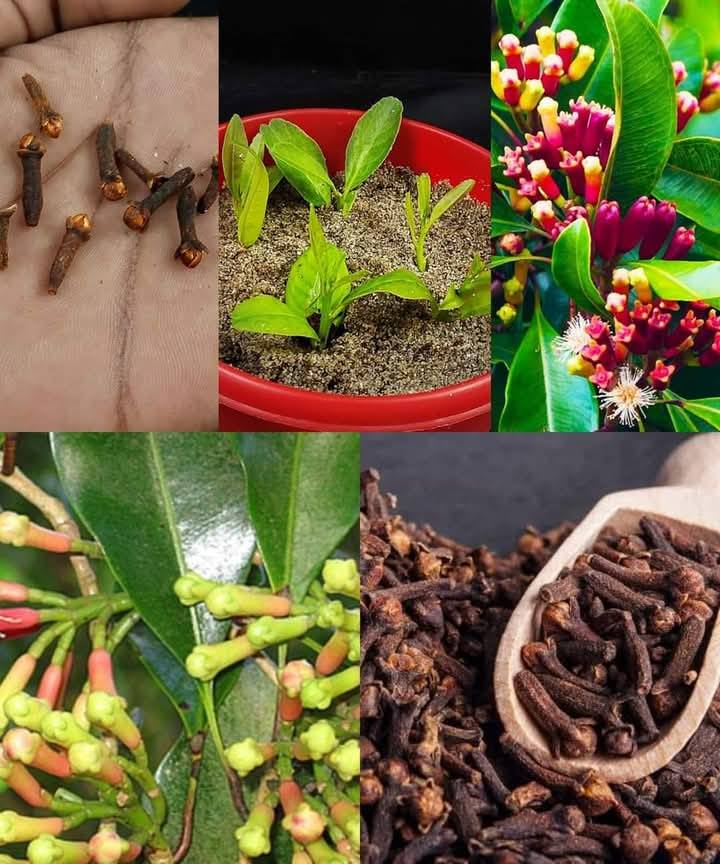ADVERTISEMENT
htly using a misting bottle to avoid displacing the seeds. Keep the soil moist, but not soggy.
For Complete Cooking STEPS Please Head On Over To Next Page Or Open button (>) and don’t forget to SHARE with your Facebook friends
4. **Cover the seeds**: To create a warm, humid environment that encourages germination, cover the trays or pots with a plastic dome or clear plastic wrap. This will help maintain moisture and warmth.
5. **Place in a warm, bright location**: Eyelet seeds need warmth and light to germinate. Place the tray in a location that gets bright, indirect sunlight. The ideal temperature range for germination is between 70°F and 75°F (21°C – 24°C).
### Step 4: Caring for the Seeds
As the seeds begin to germinate, they will require special care:
– **Humidity and moisture**: Keep the environment humid by misting the soil regularly. Avoid watering directly from the top, as this can disturb the delicate seeds. Keep the plastic cover on until the seedlings emerge.
– **Provide light**: Once the seeds sprout, remove the plastic cover and place the seedlings in a location where they can get plenty of indirect sunlight. If you’re growing indoors, consider using grow lights to provide consistent light.
– **Thin the seedlings**: As the seedlings grow, you may notice that some are closer together than others. Gently thin out the weaker seedlings to allow the stronger ones to thrive.
### Step 5: Transplanting the Seedlings
After a few weeks, your seedlings should be ready to be transplanted into larger pots or directly into the garden (if the weather allows). Follow these steps for transplanting:
1. **Choose larger pots**: Once the seedlings have developed a few sets of leaves and are large enough to handle, transplant them into individual pots. Use a well-draining potting mix for best results.
2. **Repot carefully**: Gently remove the seedlings from the seed tray, being careful not to damage the roots. Place them into the new pots and fill in around the roots with soil.
3. **Water properly**: Water the newly transplanted seedlings thoroughly but avoid overwatering. Allow the top layer of soil to dry out before watering again.
4. **Acclimate to outdoor conditions (if planting outside)**: If you’re planting your eyelet flowers outdoors, gradually acclimate them to the outside environment. Start by placing them in a shaded area for a few hours each day, gradually increasing the exposure to full sunlight.
### Step 6: Ongoing Care
As your eyelet flowers continue to grow, here are some tips to ensure they thrive:
– **Watering**: Eyelet flowers prefer slightly moist soil, so water them regularly but allow the soil to dry out between waterings. Overwatering can lead to root rot.
– **Fertilizing**: Feed your eyelet flowers with a balanced, water-soluble fertilizer every two to three weeks during the growing season. This will help encourage vibrant blooms.
– **Pruning**: Remove dead or damaged leaves and spent flowers to encourage new growth and prevent disease.
### Step 7: Harvesting the Blooms
One of the most rewarding aspects of growing eyelet flowers is seeing them bloom. Depending on the variety, you can expect the flowers to bloom after about 6-12 months from sowing, though some may flower sooner. To harvest the blooms, simply cut the stems with clean scissors or pruning shears. If you’re growing your eyelet plants for decorative purposes, be sure to remove the blooms carefully to maintain the plant’s health and shape.
### Final Thoughts: Growing Eyelet Flowers Is Worth the Effort
Growing your own eyelet flowers, from sowing the seeds to harvesting the beautiful blooms, is an incredibly satisfying process. Not only do you get to enjoy stunning flowers, but you’ll also have the pride of knowing you nurtured them from start to finish. With a little patience, care, and attention to detail, you can create your own eyelet-filled garden that will brighten up any space and bring joy to your home. Whether you’re a beginner or a seasoned gardener, cultivating eyelets is a fun and rewarding gardening experience. Happy planting!
